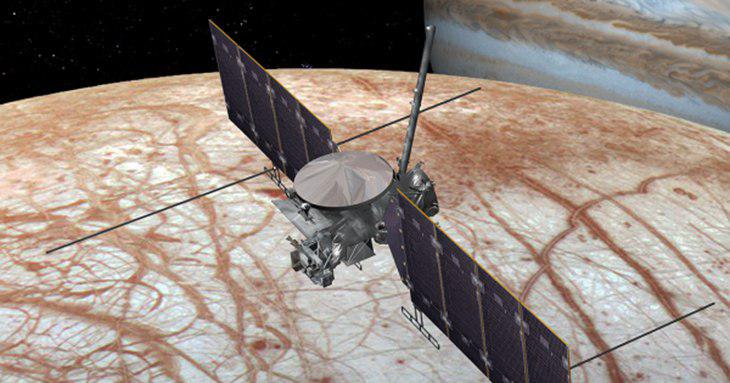NASA scientists have found evidence of an icy volcanism on a former planet named Ceres, located in the asteroid belt.
In 2006, Ceres was classified this time as a dwarf planet — not really a planet, but not really an asteroid, either. At just 600 miles wide, Ceres is one of the smallest dwarf planets in our solar system.
The planet has confused scientists scientists with mysterious white spots and disappearing craters.
As Business Insider points out:
Published alongside six other studies on Thursday, NASA scientists released a paper in Science that claims that Ahuna Mons is the strongest evidence yet for the existence of these mysterious ice volcanoes. The scientists used data from the Dawn spacecraft they sent to investigate the asteroid belt.
Ahuna Mons is a gigantic pyramid-shaped mountain taking up a huge, isolated chunk of Ceres that has been baffling scientists for years. It’s 13,000 feet high and 11 miles wide at its base — about half the size of Mt. Everest. And on a planetary body the size of Texas, that kind of structure stands out. Scientists had no idea how such a giant, isolated mountain could have formed on the dwarf planet.
The volcano is made of ice. Ice volcanoes have been been seen before, they’re called called cryovolcanoes and they exist on Pluto, Ceres and Saturn’s moon Titan, but Ahuna Mons has given them their first real evidence of cryovolcanism.
Instead of spitting out hot, burning molten rock, when they erupt they spew out salt and water. As it’s spewed out it freezes, which creates the icy dome at the top. This icy dome at the top is how NASA scientists were able to find it.
The scientists used geological maps of the region made from images taken by Dawn as it orbited Ceres, Ottaviano Ruesch, NASA scientist and lead author of the paper, told Business Insider. They looked at craters and used 3D elevation models look at what processes could form the isolated mountain. Because they were able to exclude formation by tectonic plates and erosion, volcanism seemed like their best choice.
Read more about it at Business Insider.




